Micro-needling is a skincare trend, and it involves exactly what its name implies: running several needles, albeit tiny ones, over your face. Repeatedly.
When we first heard of this procedure, we were stumped as to why on earth anyone would subject themselves to that. Then we remembered that in an age when people subject themselves to laser procedures all the time without batting an eyelid, maybe repeated tiny pinpricks on the skin isn’t such a crazy thing after all. And don’t extractions sometimes involve needles as well? Having our pores poked with a sharp end and the gunk squeezed out can hurt like a b*tch, yet we still tolerate it; so maybe micro-needling is actually even lower on the pain scale.
There are numerous articles dedicated to the prickly topic of micro-needling, and there doesn’t seem to be a clear consensus on what it actually does for the skin, and whether it can be a DIY procedure at home, or kept strictly to the confines of the aesthetician’s office.
Here in Singapore, micro-needling is incorporated into face and body treatments at French aesthetics brand EstheClinic, specifically their 3 Days To Instant Youth programme for facial firming and lifting, as well as the Smooth Beginnings body treatment that targets stretch marks. For both, a micro-needling device called the Le DermaBooster Eladerm is used to stimulate the skin, promoting collagen production and a wound healing process. After the treatment, you get to bring home the Le Dermabooster Eladerm, as you’re encouraged to continue the micro-needling process at home.

Le Dermabooster Eladerm for the face, $40 at EstheClinic Singapore
We asked Manon Allano, Managing Director of EstheClinic Singapore, to explain this prickly issue a little more.

Do explain how exactly rolling a device with tiny needles over the skin helps with anti-ageing.
Allano: The Le DermaBooster, a micro-needling stimulation device, uses short needles to penetrate and stimulate the skin, rebuild collagen, and create “microchannels” for better topical product (i.e. serum) absorption. These channels can increase absorption of active ingredients from skincare products into the skin by up to 80%.
The concept of skin needling is based on the skin’s natural ability to repair itself whenever it encounters physical damage, such as in the form of cuts, burns and other abrasions. Immediately after an injury occurs to the skin, our body reuses the damaged collagen and elastin fibres as well as other damaged skin components to produce new ones. Skin needling allows for controlled induction of the skin’s self-repair mechanism by creating micro “injuries” in the skin, which triggers new collagen synthesis, yet does not pose the risk of permanent scarring.
The result is smoother, firmer and younger looking skin. Needling causes a slight, superficial injury to the skin’s epidermis, and the body responds by producing collagen.

The Le Dermabooster with the CosmeLED Le Serum
What are some common misconceptions about micro-needling?
The most common one is that micro-needling causes bleeding. This is wrong, as the needle length on home devices is shorter than the ones used by a dermatologist. The effect should just be a redness on the skin, never bleeding, with a home device.
Is micro-needling safe for those with sensitive skin, or are there any particular skin conditions that should avoid micro-needling?
Micro-needling is suitable for all skin types. You should avoid micro-needling if you have skin conditions like eczema, psoriasis and other chronic conditions.
Are there any guidelines to doing micro-needling at home?
Of course there are. You should not combine the use of micro-needling device with any other potentially irritating or sensitising treatment, for example a chemical peel.
You need to clean your device with a disinfectant solution before and after each use, and handle your device with care and do not use excessive pressure. The ideal pressure may cause some temporary redness to appear, but should never cause bleeding. It is possible to feel some tingling that will fade quickly, but you should not feel any pain.
Are there any differences between the Le Dermabooster devices and micro-needling devices used by dermatologists?
Yes, Le DermaBooster is a home device, so the needles are shorter than the one used by dermatologist. But it is less painful and doesn’t induce bleeding.
Allano’s case for DIY-ing your micro-needling is convincing enough, even if it’s mostly from the reassurance that it doesn’t hurt. Still, there is a need to remember that this is, essentially, still introducing multiple small injuries into your skin – so take her advice about not combining it with other potentially irritating treatments very seriously. And with anything, fully understand your skin’s condition before trying out anything new, whether you consider your skin to be sensitive or not.
Try micro-needling at EstheClinic outlets. estheclinic.com.sg

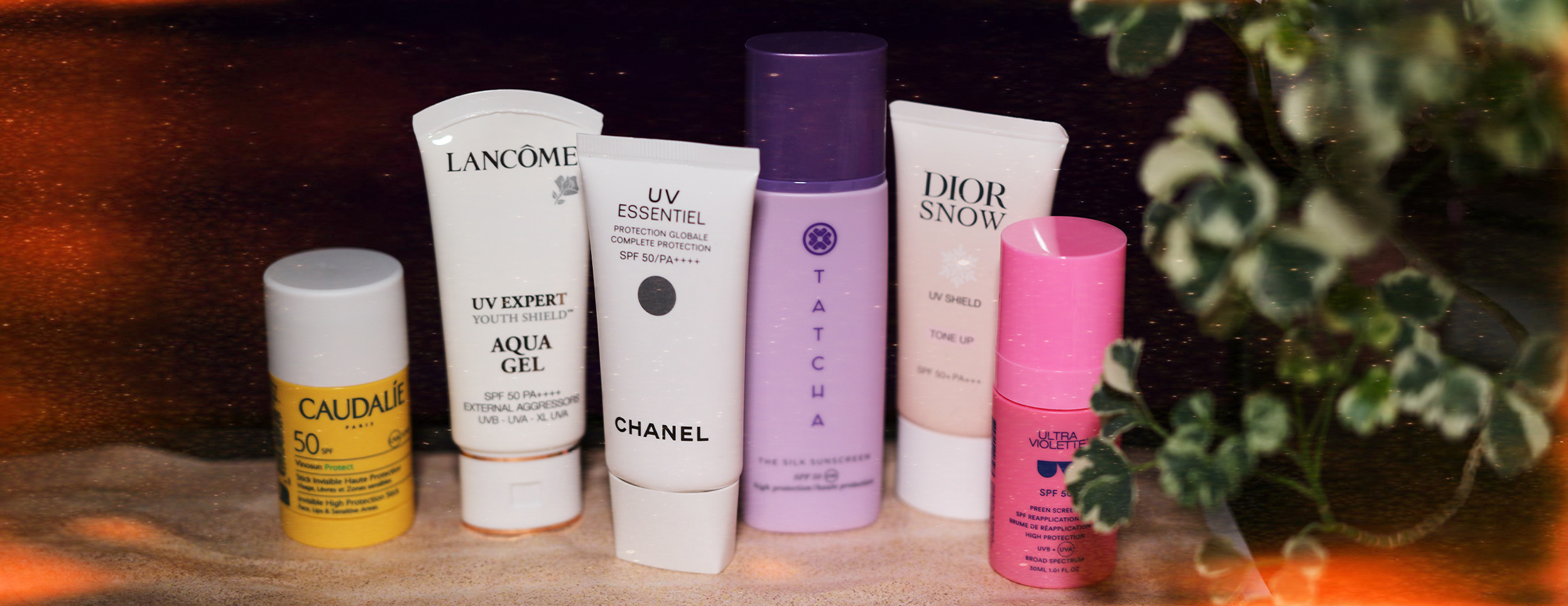

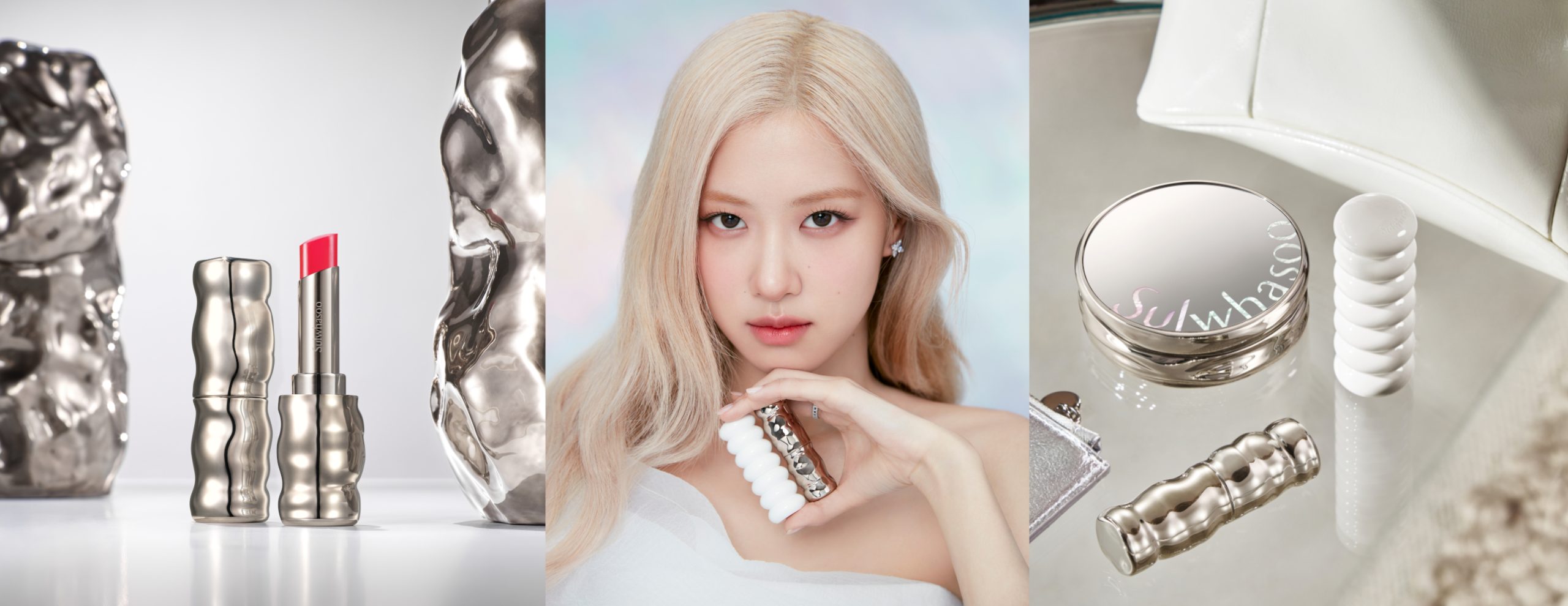
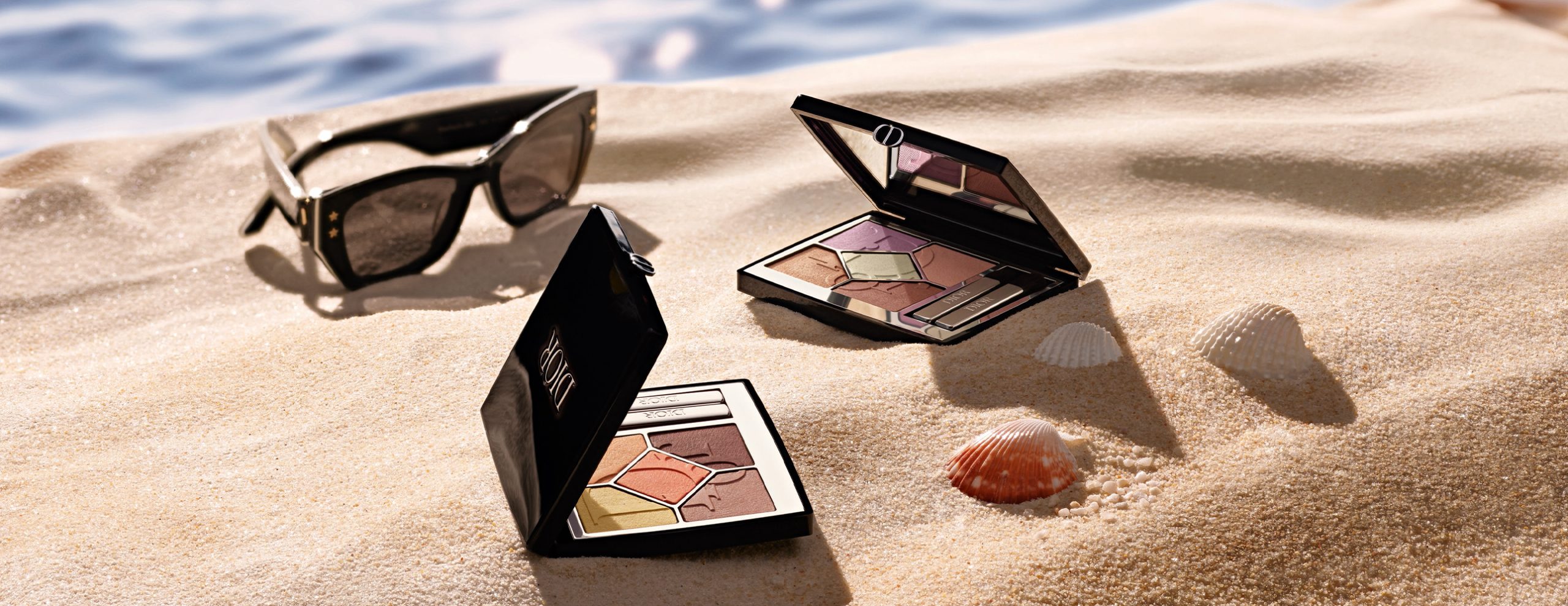
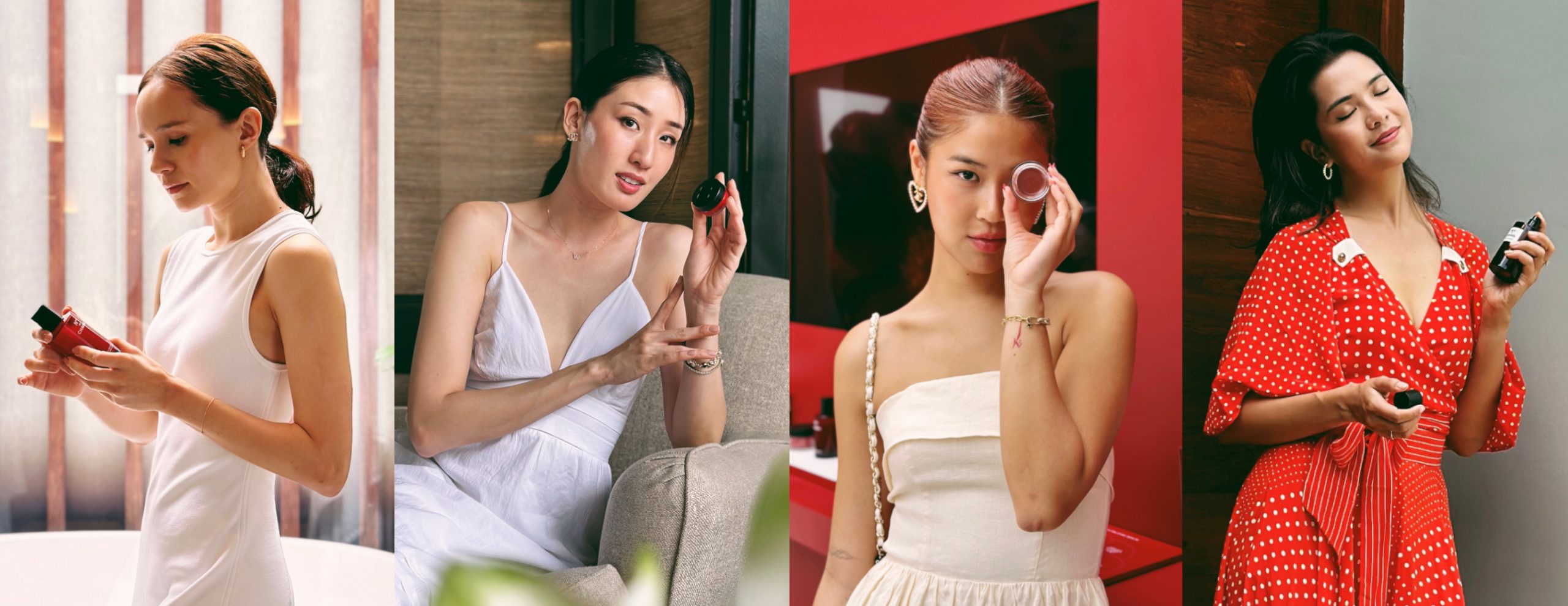
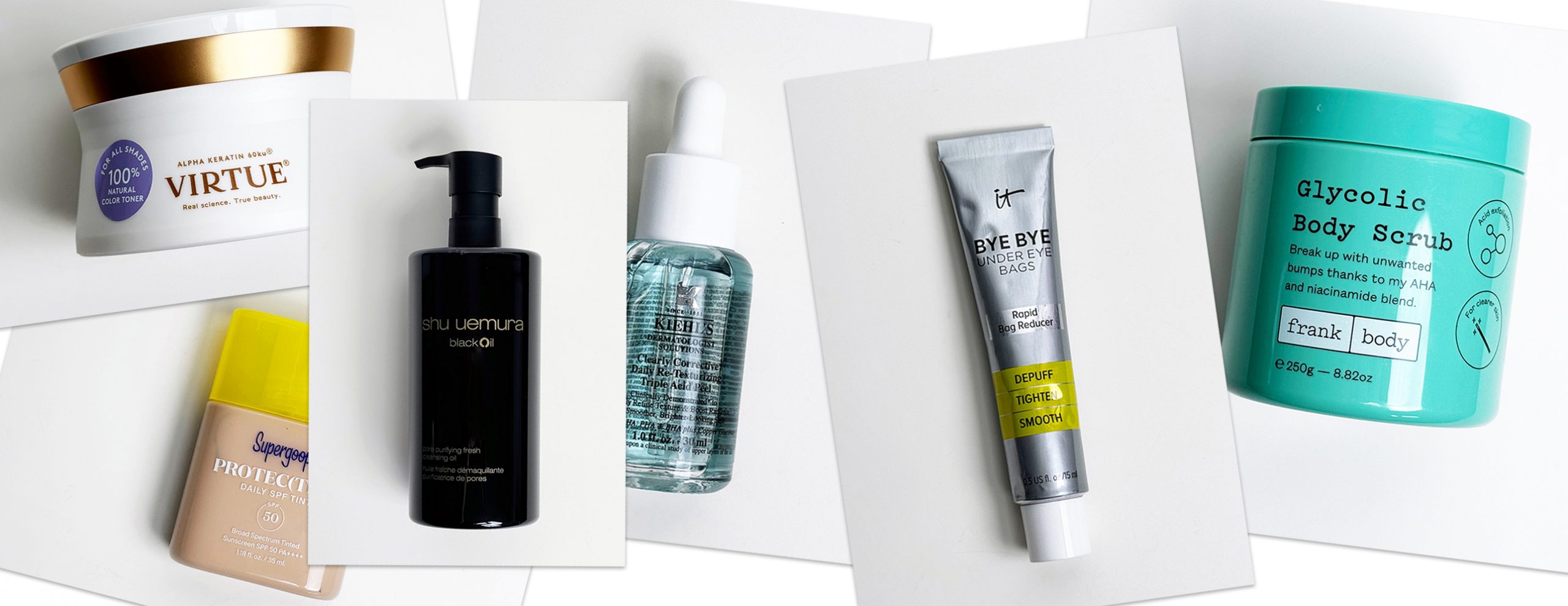
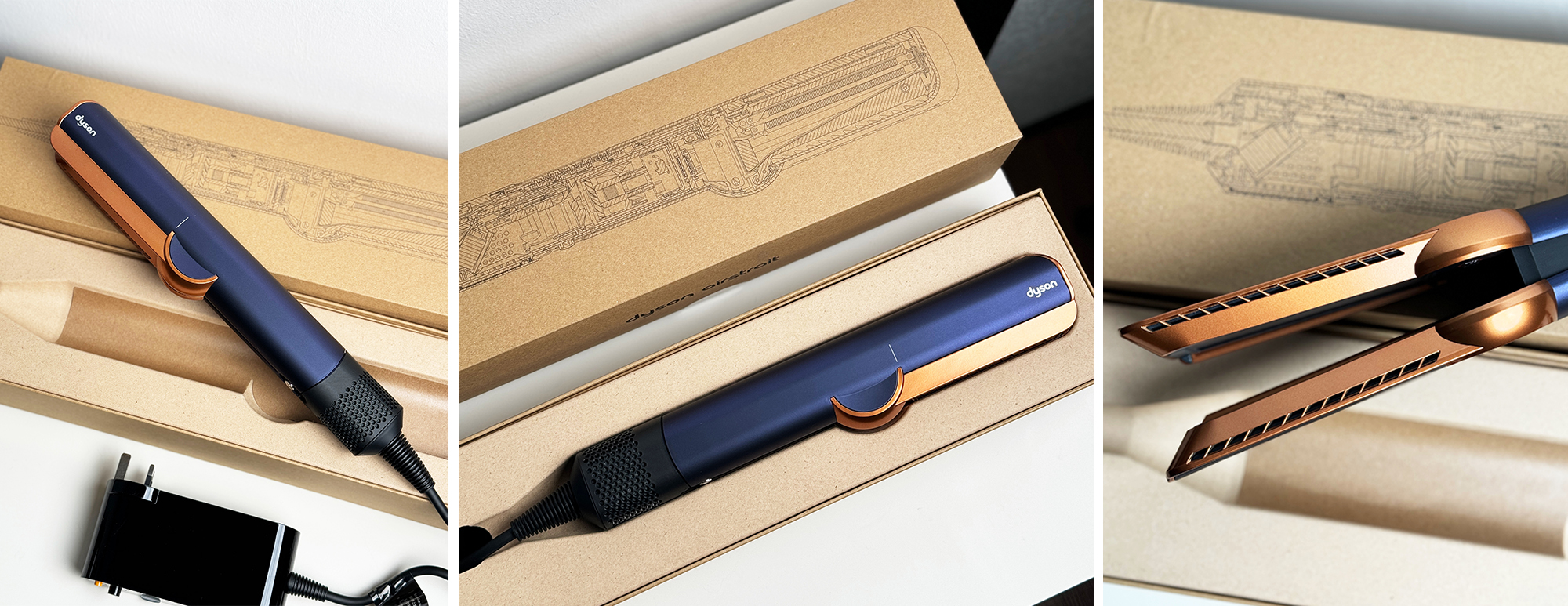
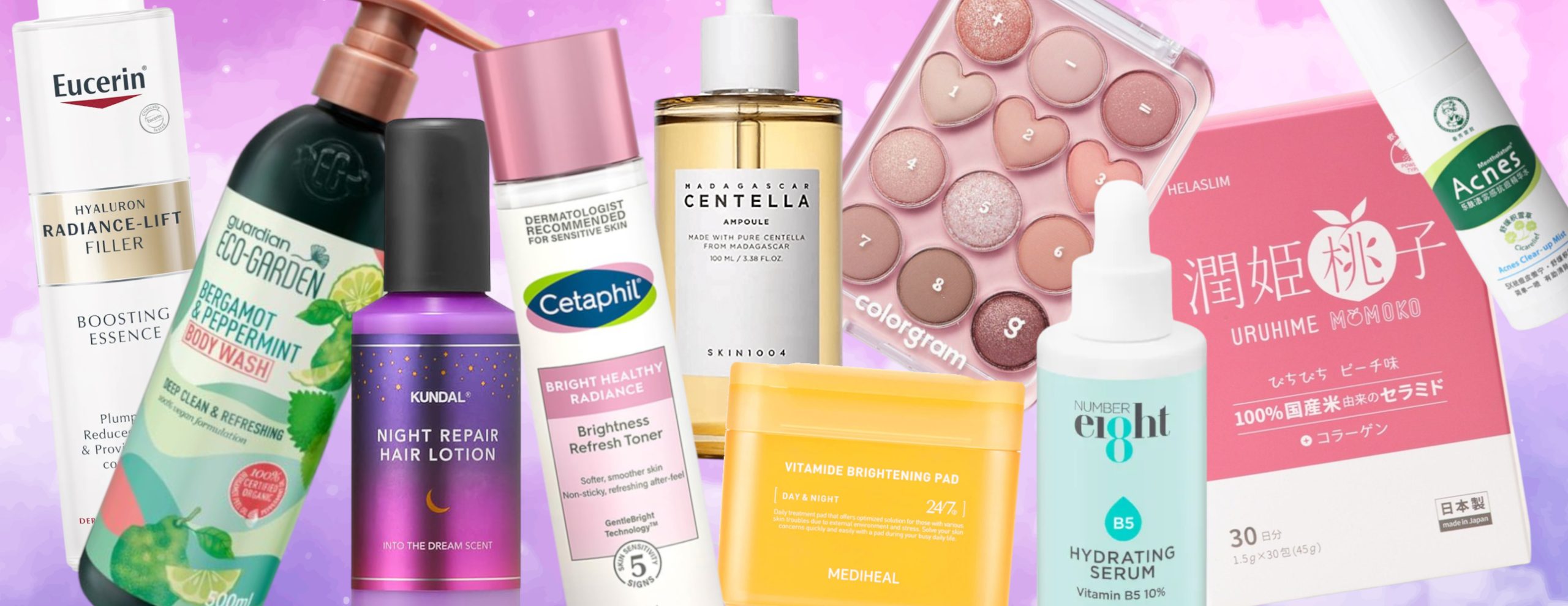

You must be logged in to post a comment.